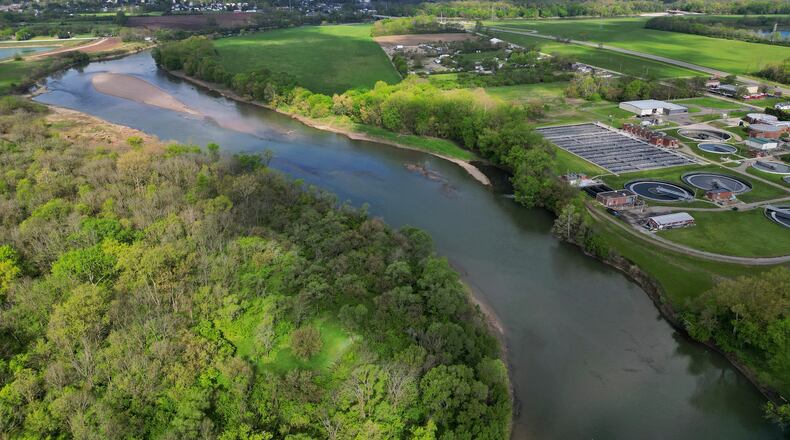Here are five key takeaways from our reporting
1. Costly needs: The conservancy district has identified more than $30 million in short-term projects and $140 million in long-term needs to address maintenance and increased stress on the flood control system caused by an aging infrastructure, climate change and other factors. Go here for a story from Sydney Dawes on why the system is facing expensive challenges.
2. Some background: The flood protection system is currently paid by the roughly 39,000 property owners in the floodplain of the 1913 flood. The MCD last year proposed updating the values used to assess those properties, but the resulting massive increased assessments (tens of thousands of dollars for some properties) led to a public backlash.
3. New approach: The conservancy district agreed to pause the reappraisal and study other ways to fund the system. Options could include broadening the charge to everyone in the nine-county watershed, or charging based on stormwater runoff.
4. Assessment: These charges are an assessment, not a tax. So the MCD could put it on your property tax bill with no public vote required. Go here for Sydney’s story on what’s being looked at and how it could impact your tax bill.
5. Flood protection: Ever wonder how the flood protection system works? Sydney also did this story with an illustration of how things like dry dams work.
About the Author

